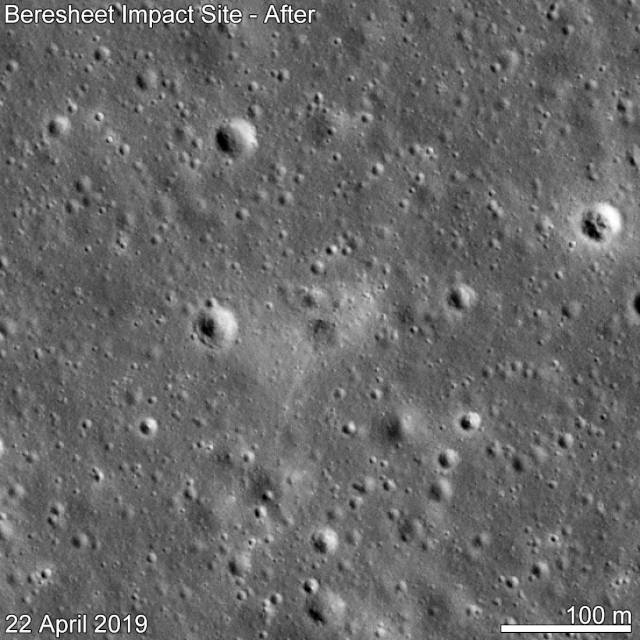In what many might refer to as a "bummer", a NASA satellite currently orbiting the moon has reportedly failed to spot the Vikram lander near the South Polar region, where it fell silent after having lost contact with Earth in its attempt to make a soft-landing on the moon on 7 September.
The 17 September attempt by NASA to spot India's first lander on the moon marks ten days since contact was lost. The Lunar Reconnaissance Orbiter's Camera instrument (LROC) imaged the landing site of the lander as planned yesterday, according to a report by Aviation Week. However, "long shadows in the area may be obscuring the silent lunar explorer," the report concludes.
The 17 September LRO flyover of the landing site at dusk was "leading to poor lighting and a challenging imaging environment," NASA added in the statement.
Since the landing site is in a region that is currently transitioning from prolonged dusk to a two-week-long lunar night, flat surfaces inside and near the edges of craters are likely thrown into shadows that last hours or days on end, depending on where it is located on the moon's surface.

NASA's Lunar Reconnaissance Orbiter spotted the crash site of Israeli SpaceIL's crashed Beresheet lander, which suffered from an engine failure seconds before a violent collision with the moon's surface on 11 April 2019. Image: NASA/LRO
"Per NASA policy, all LRO data are publicly available. NASA will share any before and after flyover imagery of the area around the targeted Chandrayaan 2 Vikram Lander landing site to support analysis by the Indian Space Research Organization," the LROC lead investigator Mark Robinson from Arizona State University, said in a statement to Inside Outer Space.
Now, just three days remain till the two-week lunar night washed over the South Polar region where the Vikram lander and Pragyan rover currently are. While their health and status continues to elude ISRO, there will be little hope for the ground-based missions of Chandrayaan 2 to resume after the frigid lunar night comes to an end on
from Firstpost Tech Latest News https://ift.tt/2LFkVHU









No comments:
Post a Comment